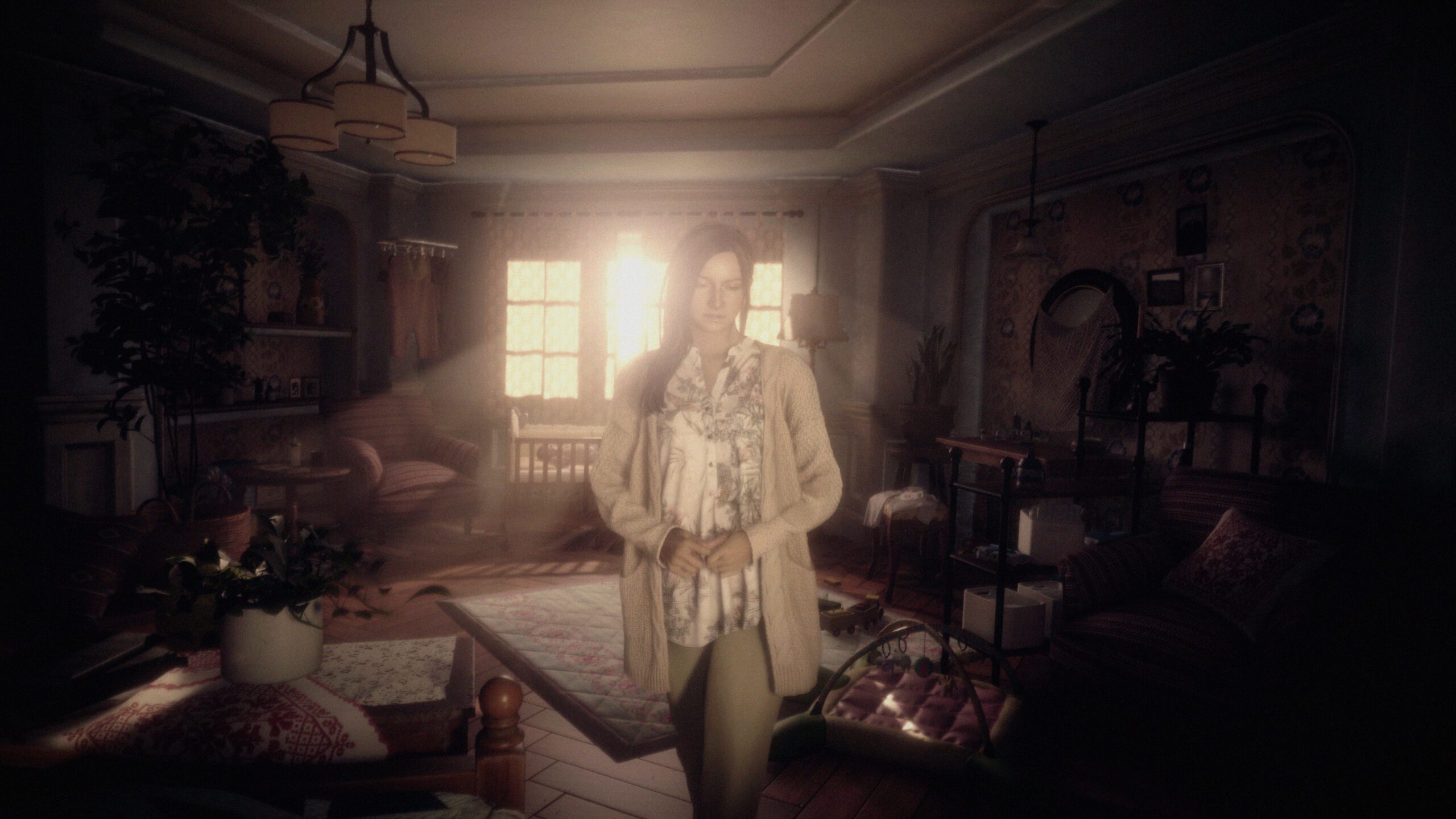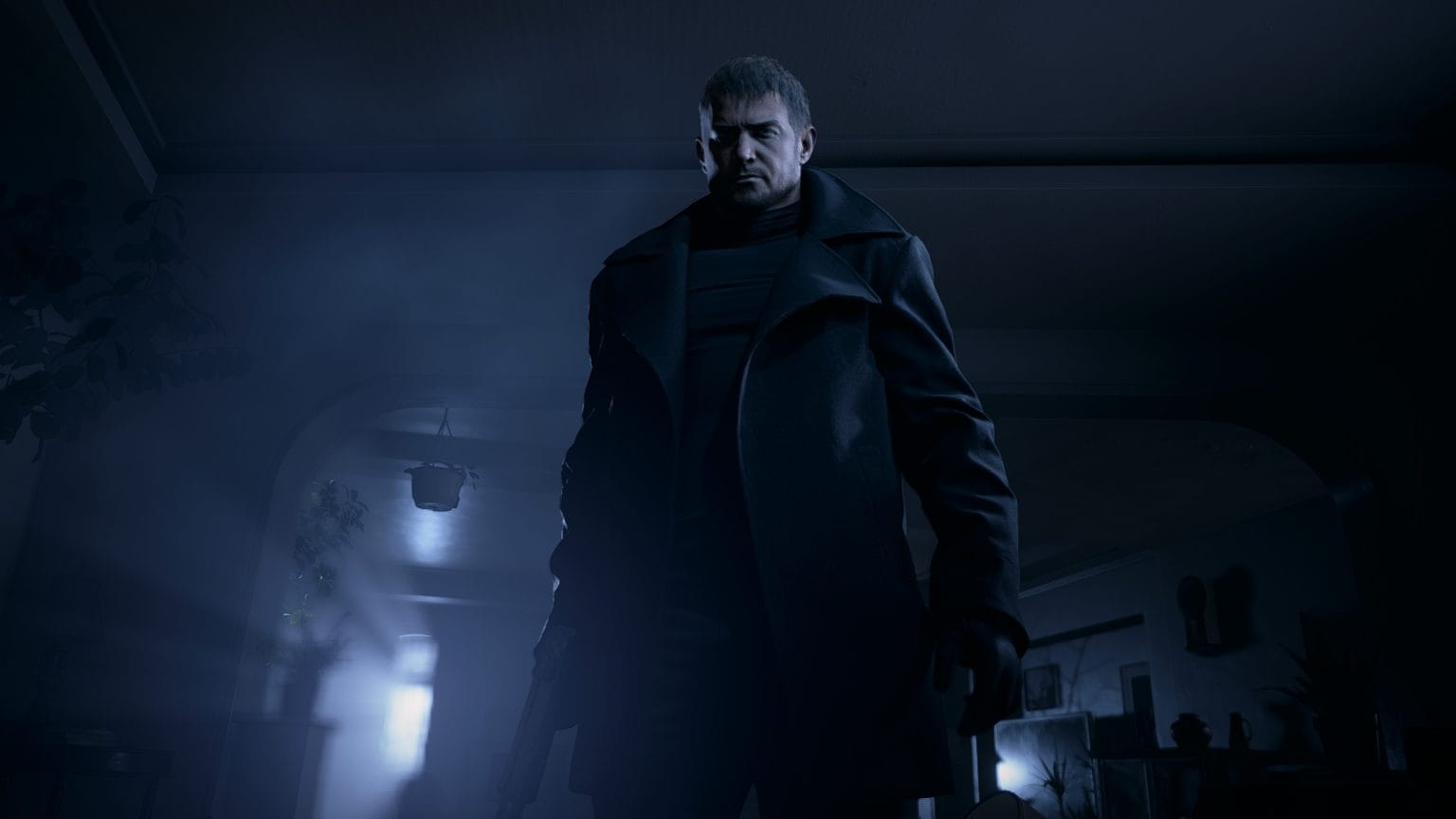A Confident, If Safe, Step Forward For Resident Evil
In 2017, Capcom reinvented the Resident Evil franchise with the spectacular Resident Evil 7: Biohazard. By adopting a first-person perspective, the studio was able to create a genuinely terrifying experience. Biohazard was praised by fans and critics alike for its fresh take on the series.
Through the introduction of a new protagonist, Ethan Winters, Capcom was able to make RE7 accessible for new fans delving in to the series for the first time. At the same time, the game maintained connections to previous entries in the series for fans of the franchise to appreciate.
Fast forward to 2021, and Capcom has followed this up with a direct sequel, Resident Evil Village. Village not only builds upon Biohazard’s solid foundations, but is also massively influenced by arguably the best entry in the series, Resident Evil 4. Village is a continuation of Ethan Winters’ tale, who by the way is possibly the unluckiest person in video game history.

Trouble in Paradise
After the events of RE7 and escaping from their hillbilly nightmare, Ethan, Mia, and their newborn daughter, Rose, have settled in Eastern Europe and are playing happy family. This doesn’t last very long, and soon Ethan’s daughter is kidnapped.
Rose, as it turns out, has been stolen by a myriad of monsters, led by the mysterious Mother Miranda, to be part of some sort of ritual. This sparks another rescue mission for Ethan, and he soon finds himself in the sinister village.
I’ve seen some criticism of Ethan mainly in that he has the personality of a plank of wood, but I actually quite like him. As a normal guy dragged into a world of weirdness and subjected to a truly staggering amount of damage (like Nathan Drake without the charm), he’s someone you can’t help but root for.
There are four distinct sections of the village led by Mother Miranda’s closest allies. The now internet famous Lady Dimitrescu and her vampire daughters occupy a stunning castle reminiscent of Transylvania. Donna Beneviento, a doll-maker, can be found in an eerie old house that makes up one of the best parts of the game. The truly disgusting Moreau can be found at a slimy reservoir, and the village’s own Magneto, Heisenberg, runs his own factory creating monstrosities that run wild around the dimly lit halls.

Embracing the Series’ Roots
Right off the bat, Village is a lot more action heavy than its predecessor. As mentioned before, the influence of Resident Evil 4 is easy to see. You’ll get surrounded by Lycans, scrambling for bullets and shooting red barrels to send them up in a fiery blaze, which is always satisfying. I personally liked the introduction of more action sequences, as they break up the game a bit and allow for some more variety. Granted, I speak as someone who was scared stiff by the jump scares featured in Biohazard.
As to be expected in a Resident Evil game, item management is key in Village. You’ll find yourself playing a mini form of Tetris at times, trying to arrange your inventory. You can also purchase weapons, ammo, and other items from the resident merchant, the Duke. A large man, the Duke is also shrouded in mystery. You’ll find yourself in total awe at the mass of this unit, as well as breathing a sigh of relief at a welcome opportunity to stock up, because you’ll need it.
Based on my playthrough on PlayStation 5, Resident Evil Village has some of the best graphics I’ve seen to date. Sneaking around Castle Dimitrescu was my favorite part of the game. Despite the constant threat of Lady Dimitrescu and her daughters hanging over you, you can’t help but stop to admire the design within the long, elegant halls and twisting stairways. I became obsessed with discovering the secrets lying within the ancient castle, desperate to explore every inch of it and read every piece of lore I could find. My only criticism is that this section of the game doesn’t last long enough.

An Imperfect Balance
After conquering the castle, I do believe the game gradually begins to lose itself. Each area you explore has its own distinct tone and atmosphere, but none really comes close to matching the perfection of the castle.
The Beneviento house is still a truly outstanding part of the game, featuring psychological horror and shock scares that will haunt you. I was genuinely terrified during this section of the game, but it’s crafted so well I couldn’t look away.
Following this, however, Village pivots into full-on action mode. While the action is a welcome addition, the first part of the game worked so well because it was complimented by the horror. While exploring Moreau and Heisenberg’s parts of Village, the game loses all sight of this and becomes more like a Call of Duty game.

Final Thoughts
Overall, Resident Evil Village is a great continuation of Ethan Winters’ story. The setting is one of the best in the franchise, and it’s highlighted by an amazing cast of characters. The tone and story of the game do veer off toward the end of the game, but the early hours are up there with some of the best entries in the Resident Evil franchise.
While Village doesn’t reinvent the wheel in the way its predecessor did, it serves as an important stabilizer for the series. It puts Resident Evil on steady ground for the future—one I can’t wait to see.
Score: 8.0/10
Enjoy our Resident Evil Village review? Check out more of our coverage here.
Sean is a freelance writer from Scotland. His interests include video games, film, music, and Glasgow Celtic. Follow him @seanchristie92 on Twitter.






